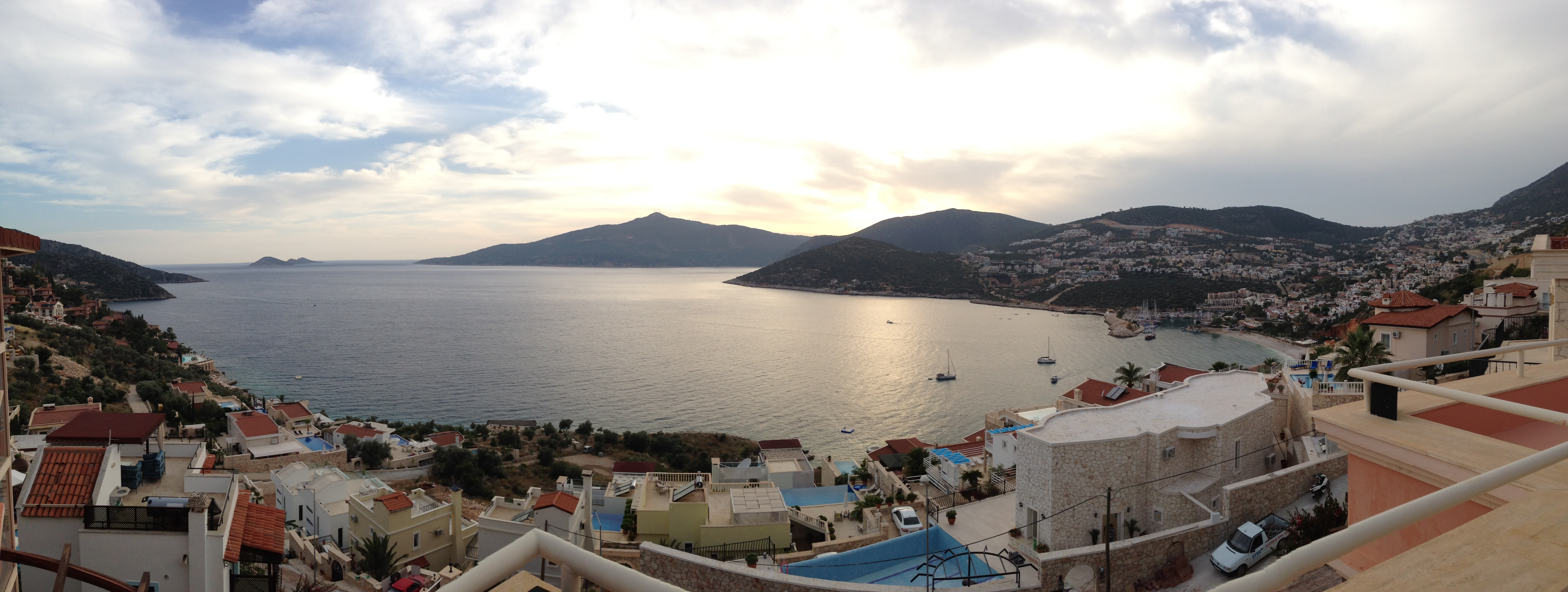I had never visited an authentic hamam until my most recent trip to Turkey when my aunt decided it was ridiculous that she had never taken me before. We visited the Karacabey Hamamı, a 15th century hamam that was recently restored in the Hamamönü district of Ankara. My visit left me wondering why it took me so long to visit a hamam: I have never been so clean in my life! It was a truly unique experience that has me itching to go back for more.

Tips to know before you visit a Turkish bath
1. Architecture
Be sure to check out your surroundings while you are bathing! Traditional hamams are beautiful buildings. Many were designed by prominent architects (like the Hürrem Sultan Hamam in Istanbul which was designed by Sinan, the most famous Ottoman architect). The Karacabey Hamam in Ankara was coated in marble: it covered the floors, the water basins, and extended five feet up the walls. The center of any hamam is the göbek taşı – a large, heated marble platform that you lay on for treatments. Above the göbek taşı you will find a large, domed ceiling with openings carved into it (often in beautiful patterns).
2. Men vs. Women
Almost all hamams are single-sex. This means a hamam will either have separate men’s and women’s sections (with separate entrances) or it will have hours when it is open to men and hours when it is open to women. Attendants in the hamam will always match the sex of the guests. The only hamam I know of that is co-ed is the historic Süleymaniye Hamam in Istanbul. They market themselves as a “family” hamam and single people are not admitted.
3. Getting started
When you first enter a hamam you will talk to a receptionist about what services you want to purchase. Typically you pay a fee to enter the hamam which lets you hang out there as long as you want. You can then purchase add-on services on top of that. Once you settle on the services (you pay before exiting) you will be led to a cabin where you can change and leave your belongings. Although you will be given a key to your room, I don’t recommend bringing valuables to the hamam; just bring enough cash to cover your treatments. The hamam will provide you with a peshtemal to wear inside as well as slippers for your feet. You may want to bring a small plastic bag with you to bring in your key and anything else you want to take inside with you. Once you change you will head inside the hamam.
4. Services
Traditional (and highly recommended) hamam services are the kese and the köpüklü massage. The kese treatment involves an attendant rubbing you down with a loofah-type cloth and sloughing off all your dead skin. (I literally could not believe how much skin went flying off of me!). The köpüklü massage is where the attendant lathers up some soap and massages you from head to toe. Most hamams will also offer more extensive massage treatments and other spa-type services.
5. The bathing process
I was overwhelmed by the presence of constantly flowing water when I visited the hamam. Water basins overflow with water which head out through channels cut into the marble floor. Guests douse themselves with water, and attendants constantly pour water over the göbek taşı to rinse it between guests.
The hamam has several rooms (with the large room with the göbek taşı in the center of the hamam); some rooms are hotter than others. At the Karacabey Hamam the two back rooms were a little too hot for me (they felt like steam rooms). The rooms all have multiple water basins mounted to the walls with two taps: one for hot and one for cold water. Find an unoccupied basin, pick up a hamam tası (a wide bowl), and turn on the taps. As water fills up in the basin, you use your hamam tası to douse yourself with water from head to toe. Note that it is perfectly appropriate to let water overflow from your basin. After dousing yourself for several minutes your attendant will call you over to the göbek taşı to administer any treatments you have purchased.
Once you have finished your treatment you will want to douse yourself with water once again. After you have had your fill of water, massage, and hot steam – grab your peshtemal and head back to your changing room. Most hamams will sell beverages – it’s a good idea to hydrate after all that bathing! You pay before you exit. Note that you should tip your attendant if you had any services provided.
6. The clothing question
For women at least, there isn’t any full nudity inside the hamam. You need to at least wear underwear / bikini bottoms. You will wear a peshtemal into the hamam but you won’t want to continue wearing it once you start bathing because it will quickly get soaked. For that reason, I recommend wearing a bikini underneath your peshtamal. That will work well during the cleansing process. If you are getting a kese or massage treatment your attendant will likely remove or shift around you bikini top (but not the bottoms) so that they can get every inch of skin clean. If you are squeamish about public nudity then visiting a hamam might not be the best experience for you!
Popular hamams
In Istanbul, the most famous hamams include the Hürrem Sultan Hamam (near Aya Sofya), the Süleymaniye Hamam (part of the Süleymaniye mosque complex), the Çemberlitaş Hamam (near the Grand Bazaar), and the Cağaloğlu Hamam (near Sultan Ahmet).
In Ankara, the two popular hamams are the Karacabey Hamam and the Şengül Hamam.
A friend of mine loved her experience at the Sefa Hamam in Antalya.

